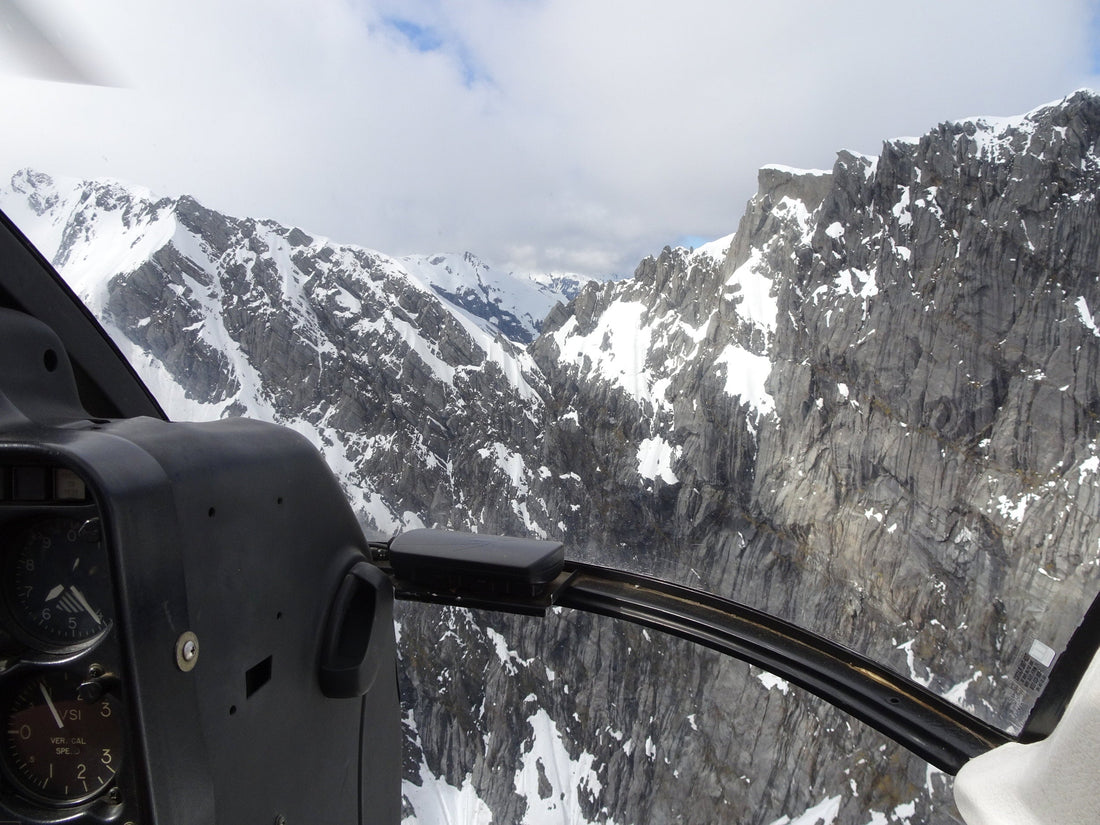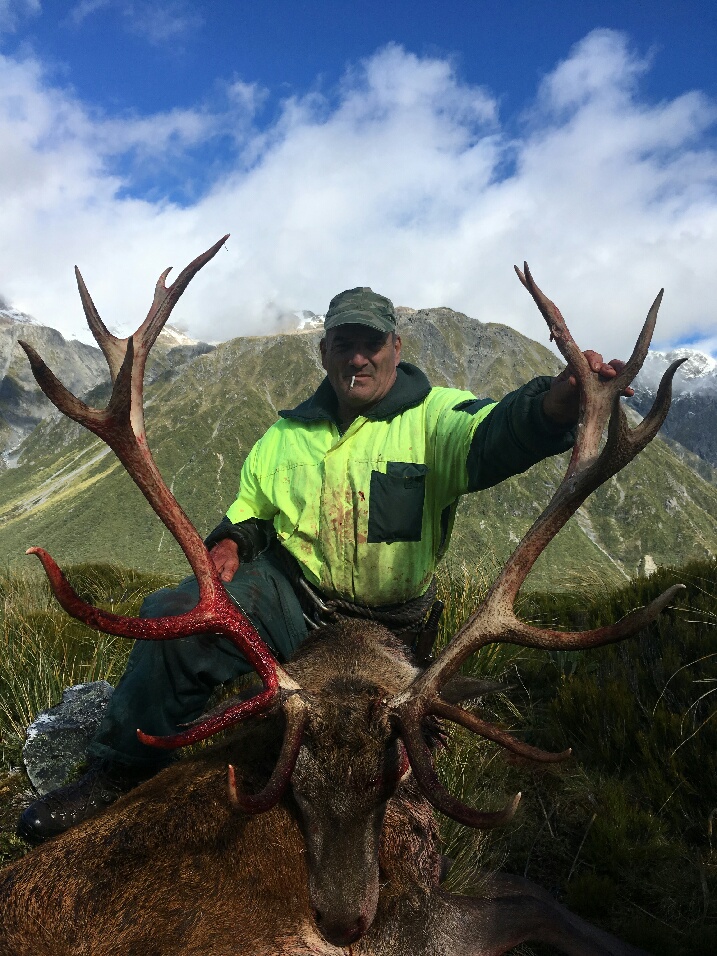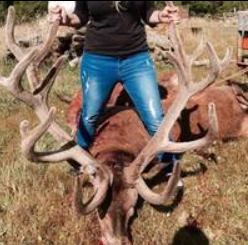
What's Up with WARO??
From what we understand from LNIDRF, doc is again letting hunters down and refusing to engage with them regarding the renewal of the WARO (Wild Animal Recovery) concessions for another 10 years.
There are more than 166,000 hunters in this country (1 in 10 New Zealand men go hunting), and we also host another 28,000 international hunters every year (A Hunters Tale – Mountain Safety Council). And we need WARO, but it can for sure be a source of contention for recreationalists.
Recreational hunters are the biggest user group of the majority of our back country, and also represent the most consistent means of controlling animal numbers. Recreational hunters remove more deer than commercial operators per year even when WARO is at its peak, that means that recreational hunters are a significantly more valuable tool for conservation (Big Game Hunters Survey – Lincoln).
Why are these 195,000 hunters not being engaged with?
The boom and bust nature of the WARO industry means that WARO is only an effective management tool when venison prices are high enough to be profitable. Therefore, WARO activity can for years be non-existent, then ramps up and becomes very competitive between operators when venison prices allow. Hence New Zealand’s recreational hunters are the most consistent form of control.
What this boom and bust cycle means for our recreational hunters is that during a boom all operators are targeting large bodied stags during Jan and Feb because they represent the heaviest weight on the hook and higher value per kg. These large stags are of immense value to recreational hunters and are essentially the drive and motivation for the majority of hunters. Not to mention the significant historical value of some of these herds.
It is very well known that the targeting of males in any population has an extremely minimal effect on overall herd numbers. The key to population control is to target the females.
Its taken years of low venison prices for us to see stags like this on the tops again. Prices are up and I think we would all rather see a smileing Rec hunter in this image.
As recreational hunters it’s agreed that we certainly need the help of WARO to control numbers, especially in our more remote areas. But we also need to value the world class hunting resource we have and continue to improve recreational opportunities for everyone.
Recreational hunters drive a significant industry with a 2011 study stating an average yearly spend of $3700 each on hunting and hunting related goods and services (Big Game Hunters Survey - Lincoln). This puts the direct spend of domestic hunters at $614 million using the Mountain Saftey Council numbers from above. Add in another 45 million that comes from 15% of the total number of international hunters that pay to hunt here(4000+) and use the services of Professional Hunting Guide Association members (Scope Magazine NZPHGA). This makes for an industry directly worth a minimum of $659 million dollars.
Compared to the $166 million last year in venison exports (NZ Deer Industry), of which only a tiny percentage is feral venison.
So, the question is why are we putting the interests of a handful of concession holders first, and destroying the recreational value for a large number of people? These people also do more for our conservation values and have an industry worth a minimum of 40 times more in turnover??
Hunting although not everyone’s "cup of tea" is ingrained in our heritage and culture and we are lucky enough to have potentially the best hunting opportunities available worldwide, yet we don't value the resource and continue to plunder it.
What's a stag like this worth to a kiwi recreational hunter?!?
With 28,000 international hunters travelling here each year (A Hunters Tale - MSC), it’s obviously worth something!
Some simple restrictions placed on WARO activity, would create a win win for all parties involved.
- Only shooting females, this will actually lower overall numbers which is the intention of the consession in the first place.
- Assign certain areas to certain operators, this will remove the competition between operators and make them more likely to be viable.
Or perhaps the creation of WARO exclusion area's for our more significant herds, or more RHA's (Recreational Hunting Area's)?
A win win situation can be achieved, and this has been proven by the tremendous work done by the Fiordland Wapiti Foundation in improving herd quality and controlling numbers at the same time.
Very clearly our Deer, Chamois and Tahr are here for good, so by treating these animals as the resource they are and managing them as such. We will be improving our recreational opportunities, tourism revenue and supporting significant industries whilst at the same time more effectively controlling herd numbers. By not changing our approach to game animal management, we are just continuing to periodically destroy our recreational opportunities in exchange for creating sporadic turnover for a select few WARO concession holders.
Please make your thoughts known in the comments. Or even better copy/paste whatever you agree with above, add your thoughts and send an email to both Lou Sanson and Eugenie Sage. Ask them what the story is with this lack of consultation and why is The Department of Conservation is opposed to sustainable game animal management.
lsanson@doc.govt.nz
e.sage@ministers.govt.nz





